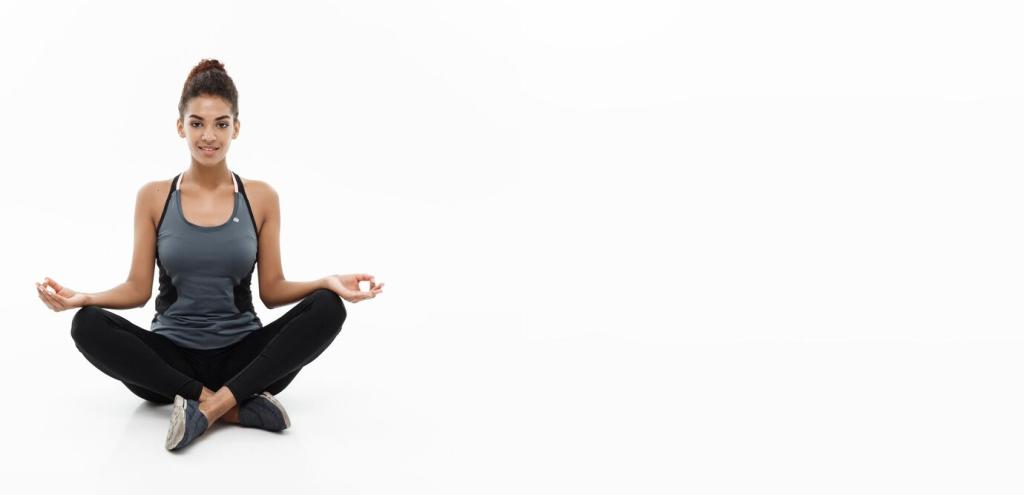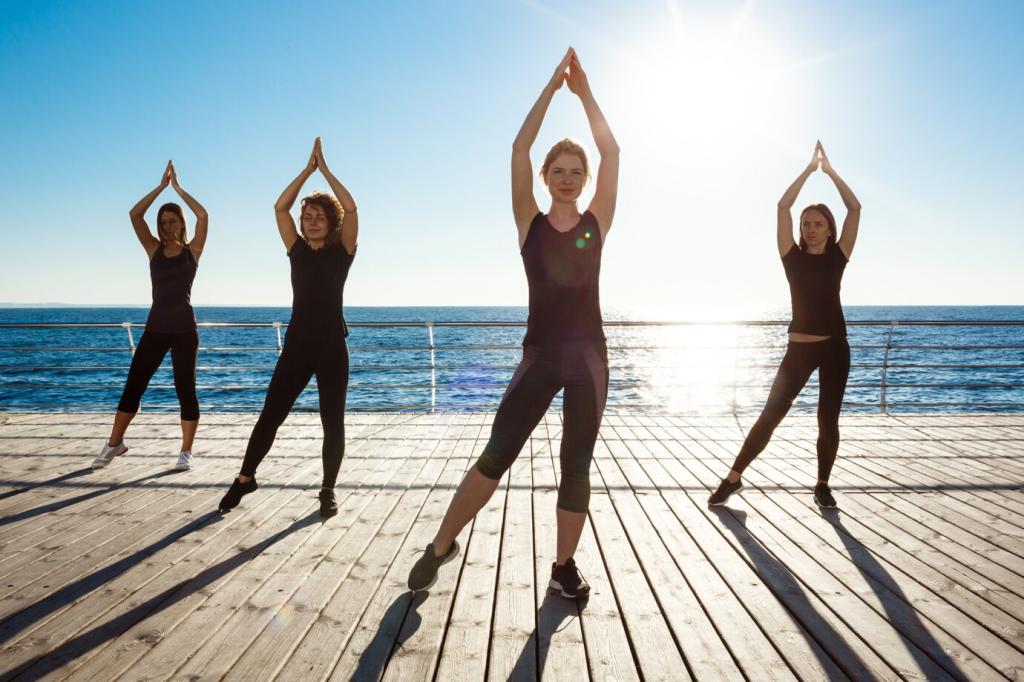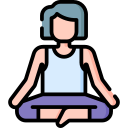Easy Relaxation Yoga for Beginners
Chosen theme: Easy Relaxation Yoga for Beginners. Welcome to a soft, supportive space where tiny steps bring big calm. Breathe, unwind, and explore simple poses you can enjoy tonight. Subscribe for gentle guidance and weekly beginner-friendly inspiration.

Breath Before Stretch
Before any pose, begin with simple nasal breathing that softens the jaw and releases shoulder tension. Two minutes of slow inhales and longer exhales prepare beginners to relax safely, gently, and without strain. Notice comfort arriving before flexibility.
Soft Postures, Big Benefits
Soft postures stimulate the parasympathetic nervous system, helping lower heart rate and ease stress. Research suggests gentle yoga reduces perceived anxiety and improves sleep quality. Beginners feel results quickly when effort is kind, consistent, and completely pain-free.
A Five-Minute First Step
On her first evening, Lina tried five quiet minutes: three breaths, Seated Cat–Cow, and Child’s Pose. She expected nothing, yet slept deeper and woke easier. Tell us your first small step below, and inspire another beginner tonight.
Setting Up Your Calm Space at Home
Choose a corner you associate with rest: near a window, beside a plant, or tucked by a bookshelf. Clear the floor, silence notifications, and promise yourself these minutes belong to gentle restoration, not multitasking. Consistency grows when the space feels welcoming.
Beginner Sequence: Ten-Minute Relaxation Flow
Stand in Mountain, soften knees, and lengthen through the crown. Roll shoulders, fold with bent knees, then step to tabletop. Ease into Child’s Pose, knees wide, belly soft. Breathe into your back ribs, noticing tension melt with each gentle exhale.

Beginner Sequence: Ten-Minute Relaxation Flow
Sit cross-legged or on a chair. Inhale tall, exhale side bend, grounding the opposite hip. Switch sides, then gently guide one ear toward a shoulder and breathe. Keep movements tiny, pain-free, and slow. Your neck’s sigh of relief is your guide.
Breathwork Basics for Instant Ease
Inhale for four counts, hold four, exhale four, hold four. Trace a quiet square in your mind. This pattern steadies attention and gently calms the body. Start with three cycles, then rest. Share your favorite count pattern with fellow beginners.
Try inhaling for four counts and exhaling for six or eight. A longer exhale can stimulate the vagus nerve and invite relaxation. Keep the breath smooth, never forced. Notice shoulders dropping and thoughts slowing as your breath guides your pace.
A conscious sigh is a natural reset: inhale gently through the nose, then exhale audibly through the mouth. Let it be soft, warm, and easy. Two or three sighs can release built-up pressure quickly. Tell us how this felt in your body.

Tiny Habits, Real Results
Attach practice to something you already do: after brushing your teeth, sit for two minutes of breathing. Habit anchors reduce decision fatigue, making calm automatic. Over weeks, two minutes becomes five, then ten—change that feels earned, steady, and delightfully doable.

Track Calm, Not Perfection
Instead of chasing perfect poses, note how you feel before and after: tension level, breath ease, mood. A simple journal or phone note reveals patterns. You will notice more ease on average, even if individual days feel different.
Stories from New Yogis
Maya practiced three breaths and a seated twist while waiting for her bus. Two weeks later, she noticed fewer afternoon headaches. She now adds a minute of quiet each evening. Share a location where you squeeze in your calming practice.

